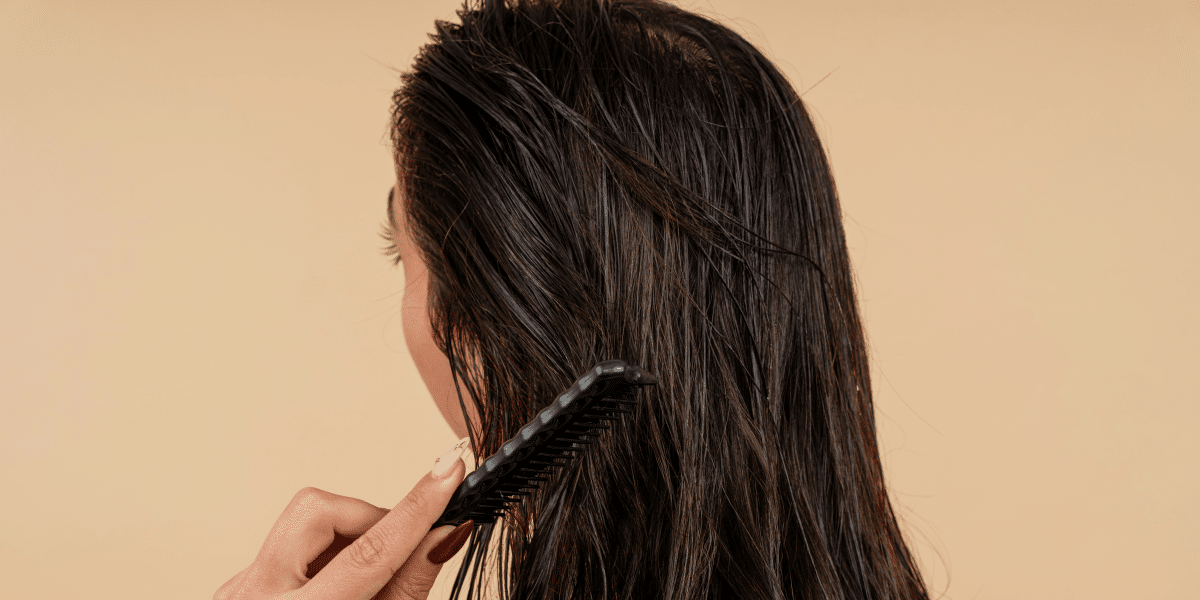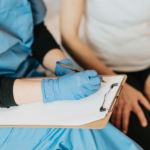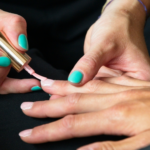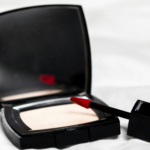Hair loss is a complex issue influenced by numerous factors such as stress, genetics, and environmental challenges. Modern lifestyles, marked by high-stress levels and the impacts of global crises like the COVID-19 pandemic, have exacerbated the prevalence of hair loss in individuals of all ages. According to a study published in JAMA Dermatology, androgenetic alopecia (AGA) has become increasingly common, even among younger demographics, including individuals in their 20s and 30s.
The growing concern over hair loss has spurred advancements in treatment options, ranging from topical medications to minimally invasive procedures. However, while some products demonstrate efficacy, understanding their limitations and potential risks is crucial for effective management.
From Minoxidil to Emerging Innovations
Minoxidil is one of the most studied and widely used hair growth stimulants. Clinical research supports its effectiveness in extending the anagen (growth) phase of the hair cycle, improving blood circulation to the scalp, and stimulating hair follicles. Studies such as those published on PubMed (e.g., DOI: 10.1111/j.1365-2133.2007.08207.x) validate its role in managing AGA.
Emerging ingredients such as Xinoxin, Xilnoxin, and Dimixin have recently been introduced as potential alternatives. While promising in preliminary studies, these compounds are still undergoing laboratory testing and clinical trials to establish their efficacy and safety profiles definitively. These ingredients should be considered experimental until regulatory approval and peer-reviewed research are available.
How Do Hair Growth Treatments Work?
Hair growth stimulants function through mechanisms such as:
- Vasodilation: Enhancing blood flow to nourish hair follicles.
- Extending the growth phase: Prolonging active hair growth cycles.
- Stimulating follicular cells: Encouraging cellular processes for healthier hair.
- Improving androgen levels: Addressing hormonal imbalances linked to AGA.
Minoxidil-based treatments typically show results within 2–4 months, with full benefits manifesting after consistent use over 6–12 months. However, discontinuation may lead to a gradual reversal of progress.
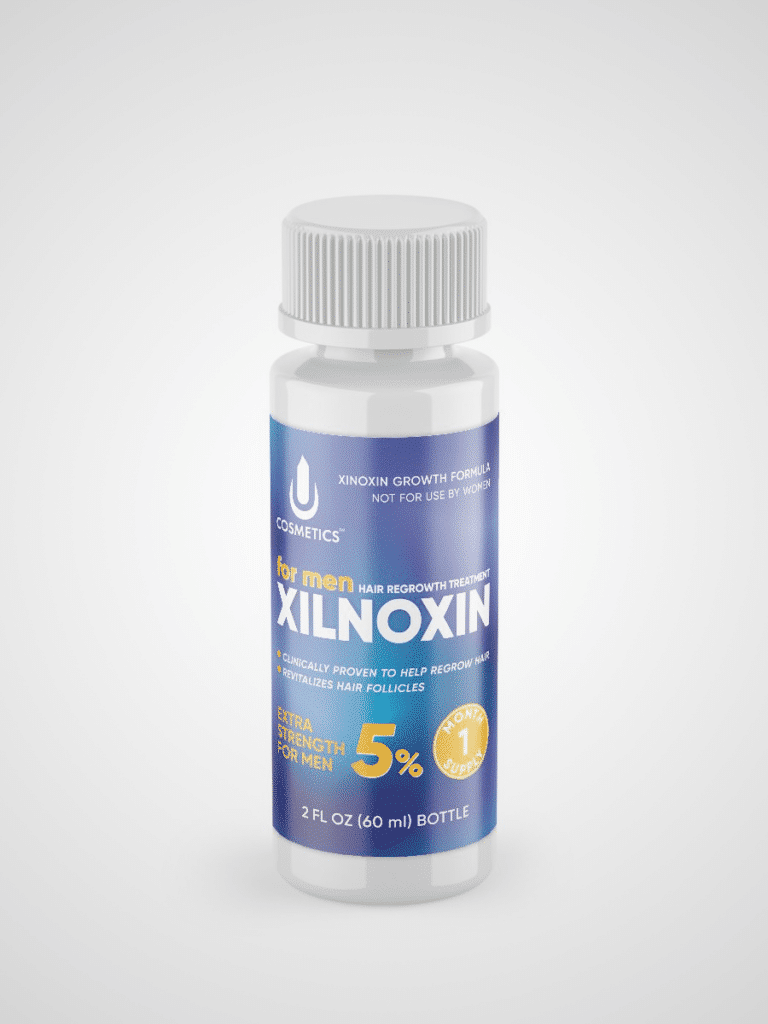
Suitability and Limitations
These treatments are most effective when initiated in the early stages of hair loss. They are widely available over-the-counter and can be safely used by most adults. However, side effects such as initial hair shedding, scalp irritation, or unwanted hair growth in unintended areas are possible. Individuals with cardiovascular issues, pregnant or breastfeeding women, and minors under 18 should avoid using such treatments. Consultation with a healthcare provider is advised before starting any treatment.
A Comprehensive Approach
While topical treatments may significantly improve hair density and quality, addressing the root causes of hair loss is essential for long-term success. Balanced nutrition, stress management techniques, and supplements like biotin and zinc can complement topical applications. Procedures such as microneedling and mesotherapy have also shown promise in improving treatment efficacy.
In conclusion, understanding the underlying cause of hair loss and adopting a holistic treatment plan is critical. With continued advancements and proper use, hair loss treatments can help restore hair growth, confidence, and emotional well-being.
References
Disclaimer: This article is for informational purposes only and should not be considered a substitute for professional medical advice, diagnosis, or treatment. The efficacy and safety of new ingredients such as Xinoxin, Xilnoxin, and Dimixin are still under clinical evaluation. Please consult a licensed dermatologist or healthcare provider for personalized recommendations.
Published by Elle G.


